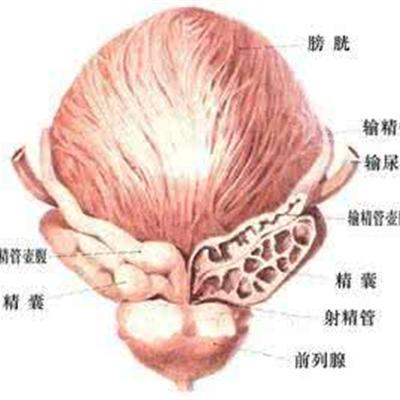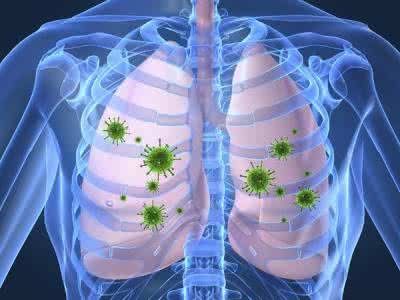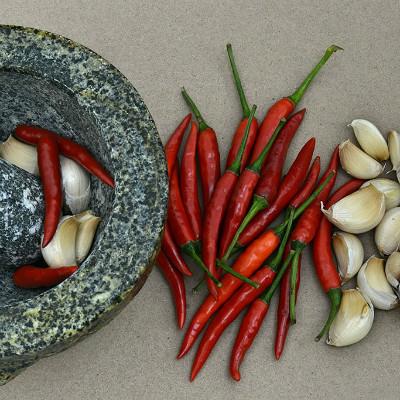What symptom does intestines stone have?
summary
Intestinal calculus is a very common disease in daily life and clinical medicine. This disease is caused by the patients' intake of food which is easy to cause calculus. Of course, the clinical symptoms of this disease are different due to the different degrees of the disease, which requires us to carefully check and diagnose this disease, Avoid misdiagnosis or untimely discovery, and cause more serious harm to patients. What symptom does intestines stone have? Now let's talk about it.
What symptom does intestines stone have?
Gastrointestinal calculi are caused by the fact that some animal and plant ingredients, hair or some minerals are not digested in the stomach and coagulate into lumps. The common ones are persimmon, black jujube, hawthorn and so on. It is generally believed that persimmon is rich in tannic acid. Under the action of gastric acid, some insoluble precipitates are formed, which are glued together with pectin and food residue to form agglomerates; Hawthorn is rich in pectin, which can gelatinize under the suitable pH value and coagulate into blocks in the stomach, resulting in stones. Further studies have confirmed that drinking tea, drinking alcohol and eating more food to increase the acidity of gastric juice after eating raw hawthorn on an empty stomach are the main inducing factors of Hawthorn gastrointestinal stones. After the occurrence of gastrointestinal calculi, the main symptoms were epigastric pain and discomfort, cellular distension, loss of appetite, nausea and vomiting, and some patients complicated with pyloric obstruction and upper gastrointestinal bleeding.
Gastrointestinal stones can occur in people of any age, such as a few months old baby and 80 years old. The time for swallowing inappropriate food or impurities to form intragastric clots or stones can be several hours in the short time and months or years in the long time. The formation of stones can be from small to large, from jujube to aggregate, such as goose egg size, stones can be single, can also be multiple 3-5. The nature, shape and size of foreign body stones and the functional state of the stomach determine the manifestation of symptoms: small and smooth gastrointestinal stones may not produce symptoms, and with gastrointestinal peristalsis, they are discharged from the body through feces; Large and rough gastrointestinal stones can cause upper abdominal fullness, nausea, bad breath, nausea, vomiting and upper abdominal pain, and even gastrointestinal bleeding. This is due to the stimulation of stones to the stomach, causing gastric mucosal ulcer and gastric bleeding. In severe cases, it can cause gastric perforation and peritonitis.
Huge gastrointestinal stones occupy the volume of the stomach. Some patients can touch active and smooth solid blocks in the upper abdomen. Due to the reduction of food intake, weight loss, malnutrition and even death can be caused. Gastrointestinal stones can also be discharged into the small intestine. Large stones can cause intestinal obstruction because they block the intestinal cavity. The most common obstruction site is the ileum, because the ileum is the place with the smallest circumference of the small intestine.
matters needing attention
There are many kinds of gastrointestinal stones, but the harm to patients and friends is great and can not be ignored. We need to understand and effectively carry out professional prevention work to protect our health. For patients and friends, professional treatment can also best restore their health, Therefore, understanding the types of gastrointestinal stones can be the best treatment.












